Many people in the world feel that kite flying is not something you need to or want to learn. But if you ask expert kite flyers from all around the world, you’ll get to know what it is to see the grace of a beautifully crafted piece of paper floating in the sky in all its glory. It’s one of the best visuals in the world.
In some of the most populated cities in India, kite flying is not just a hobby but a highly competitive sport activity. The pride of having the last kite flying in the sky is so deep that it even results in intense rivalries among families. Even though it’s enjoyed all over the country, it is most prevalent in Rajasthan and Gujarat region of India. It can also be a form of light exercise.
There are many aspects of kite fighting which a beginner needs to know about. So, let’s take a look at them.
- How to Pick the Right Kite?
This might seem like a very idiotic thing to elaborate. But it’s not. It is essential that you pick the right kite before you start kite fighting. There are several options to choose from. There are various shapes in which kites are available in the market. The most popular shape is diamond. It is suitable for the aerodynamics and gives an excellent flight to the kite. After the shape is chosen, it’s time for colors. You must select a kite with a vibrant color so that it is easy to spot in the sky. Red is preferred since it is easy to spot in the air or on the ground as well. - Which Weather is Suitable for Kite Fighting Events?
The speed of wind suitable for kite flying is between 8-25 KMPH. To get an approximate estimate, the wind should be enough to rustle the leaves of trees and bushes but not enough to take your hat from your head. Air lighter than this won’t be able to carry your kite and stronger winds won’t let you control your kite. - Which Places are Suitable for kite flying?
Any wide and open surface is an excellent choice for kite fighting. It can be beaches or parks. In India, kite flying and the events related to it take place in the desert which is spread for miles. But take care of power lines and telephone cables while flying a kite.
Now that you’re on board with all the necessary things you need to take care of while kite flying, we move on to our next part which is the terms you need to know when a heated battle of kites is going on.
- Pech
The phrase “Pech ladana” is used in India for different circumstances. But in kite flying, it is a term you’ll listen when two kites are in a battle with each other. - Manjha
“Manjha” is a glass-coated cotton line which is used to cut the opponent’s kite. Various phrases originated from this word in the Hindi language. - Charkha
Charkha is the instrument to which the Manjha is wounded. It is the controlling element for your kite. - Dheel
If you ever hear the term “dheel de” in the kite fighting battleground, it means the battle is heated up. It is mostly used when two kites are in a Pech with each other. - Khainch
Again khainch is the notification that the fight is heating up. Khainch is precisely the opposite of dheel. When you see that the opponent’s kite is trapped in your Manjha, you pull it to cause friction and cut it. - Patang
Patang is the basic version of the kite. The diamond-shaped, tailless ordinary kites you see in the market are called Patang. - Guddi
Guddi is the big brother of Patang. Its height and width are a bit larger than the Patang. It’s also a prevalent form of a kite. - Dedh Kanni
Dedh Kanni is significantly broader than all the other kite types. It’s one of the biggest kites and needs significantly higher upper body strength to control. - Tukkal
Tukkal requires a significant amount of time to craft, making it an extremely precious kite. - Patangbazi
Patangbaazi is the terminology used for the art of getting in the act of kite fighting. - Kai Po Che
If you are a Bollywood lover, you know what this term means. But to those who don’t know about it, it’s a celebratory phrase used when you cut someone’s kite. It merely means “I have a cut.”
Kite fighting is an excellent hobby for people of all age groups. But if you want to excel at it, you need to practice hard. It’s an art. It’s fun, it’s free, and it can be a great excuse to pull your head out of the screens and look at the world outside for once, and if you excel at the art, you can participate in different kite flying events and shows with FLY360.
Related Posts
- Teach Your Kids How To Fly Kites And Finally Leave The Sofa
- Scientific discoveries using kites
- Gone With the Wind ft. Kites!
- History Of Kites: Everything You Need To Know About
- Why Kites Need A Tail – The Science Behind It!
- LED Night Flying Kites
- How to Make a Simple Kite in Just 5 Minutes (Step by Step Guide)
- Modern Kite Making Workshop


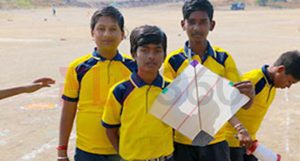



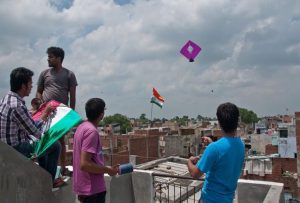
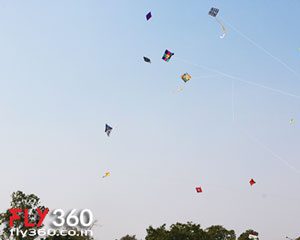


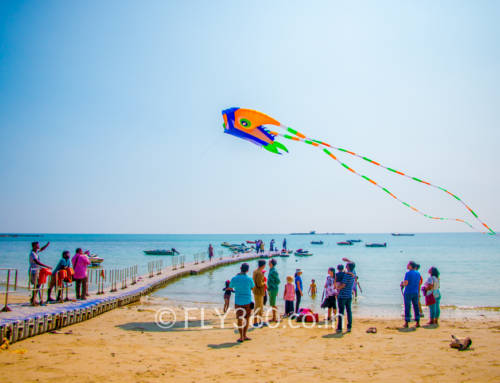
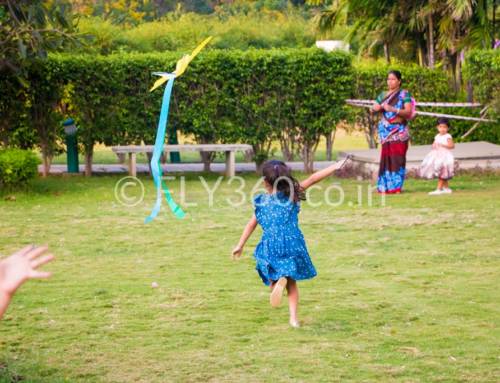
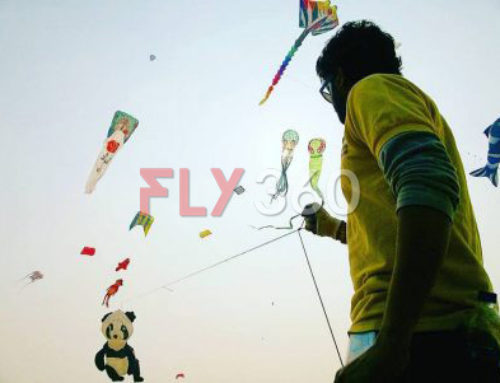

Leave a Reply